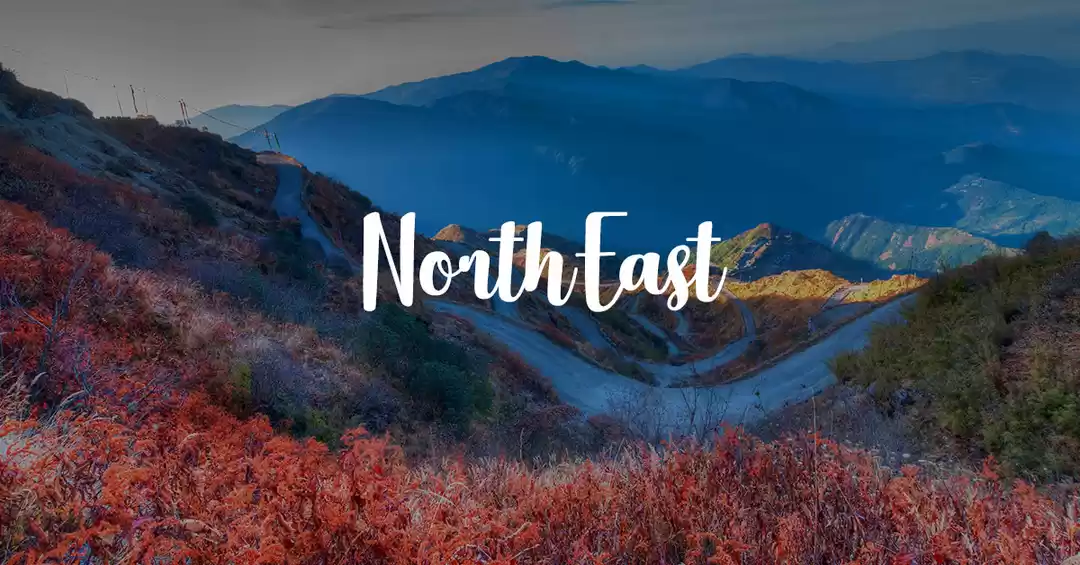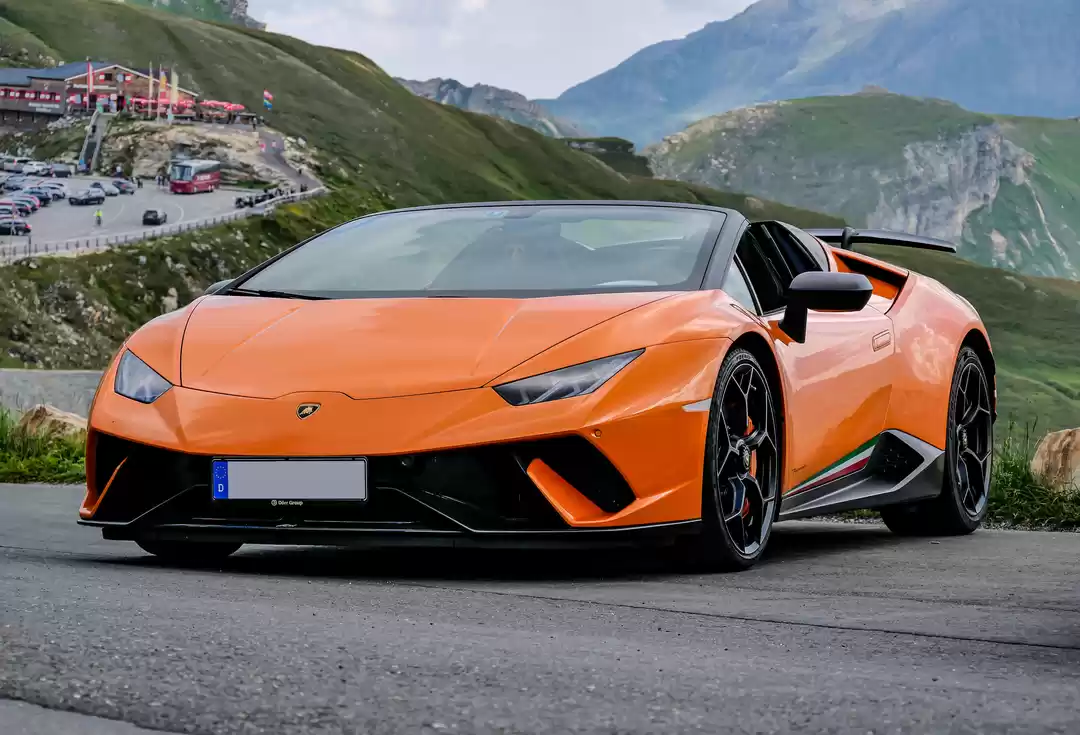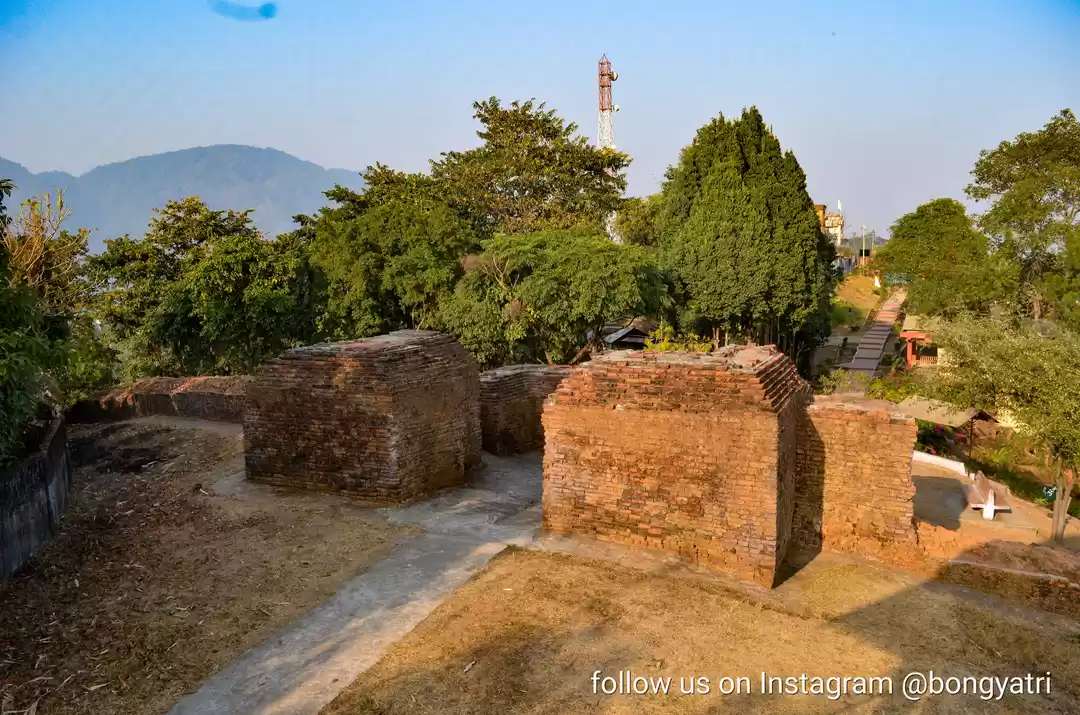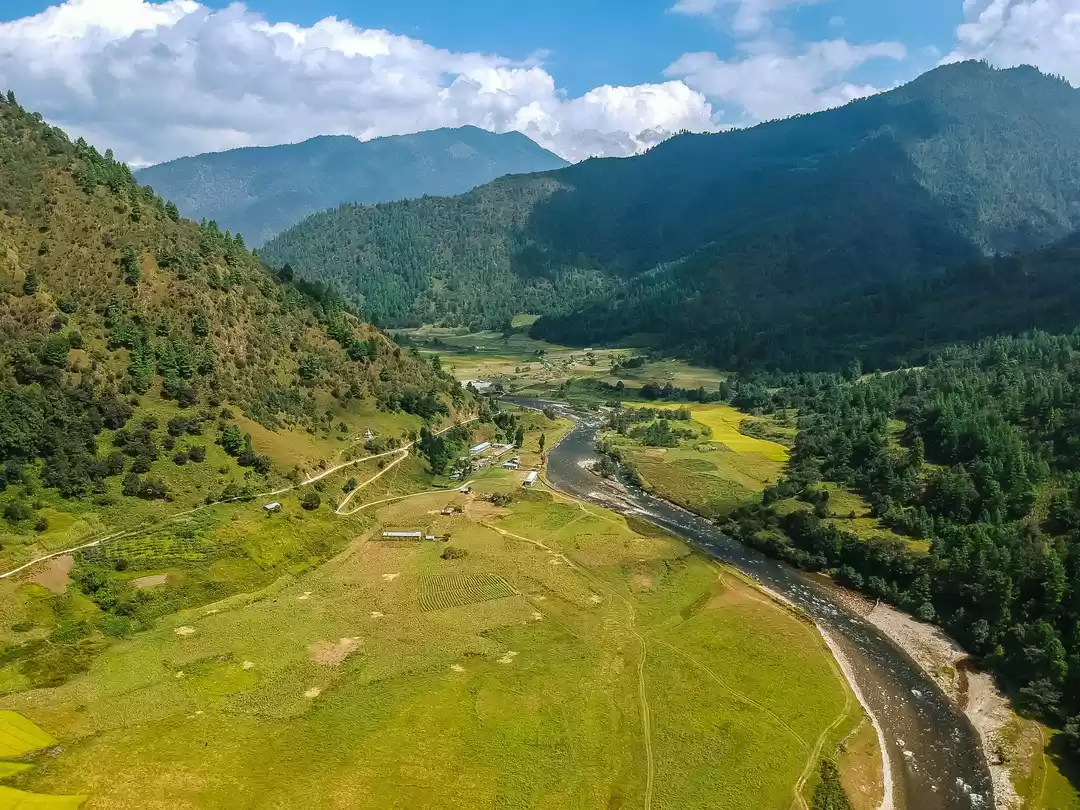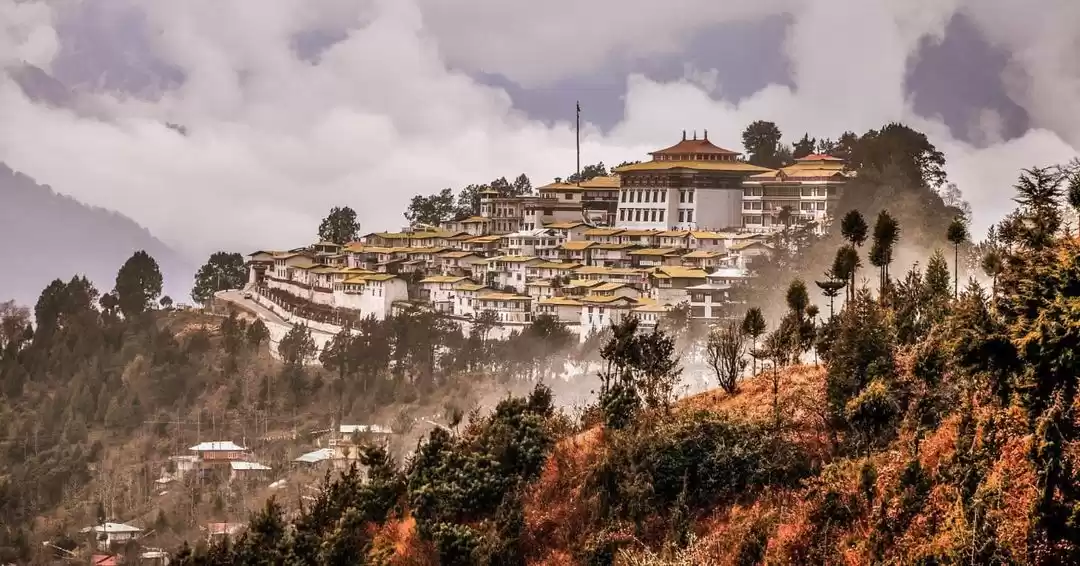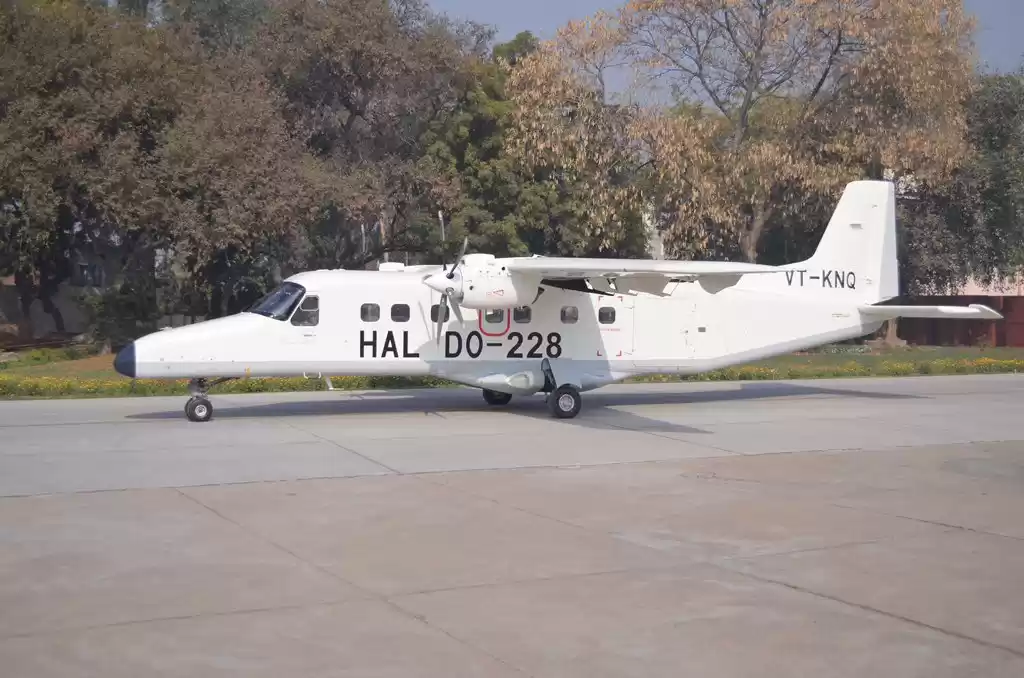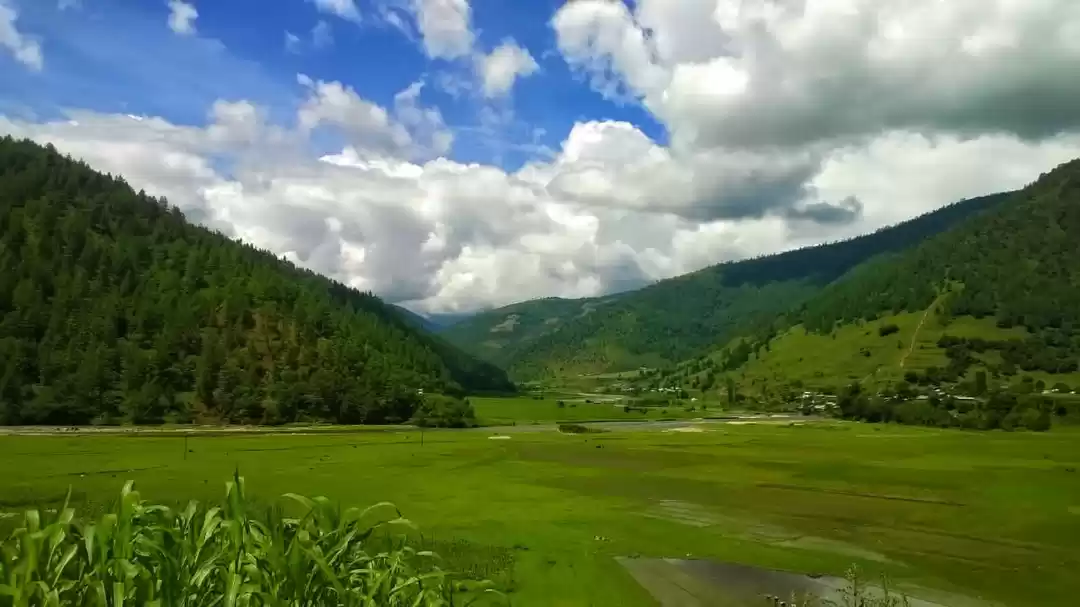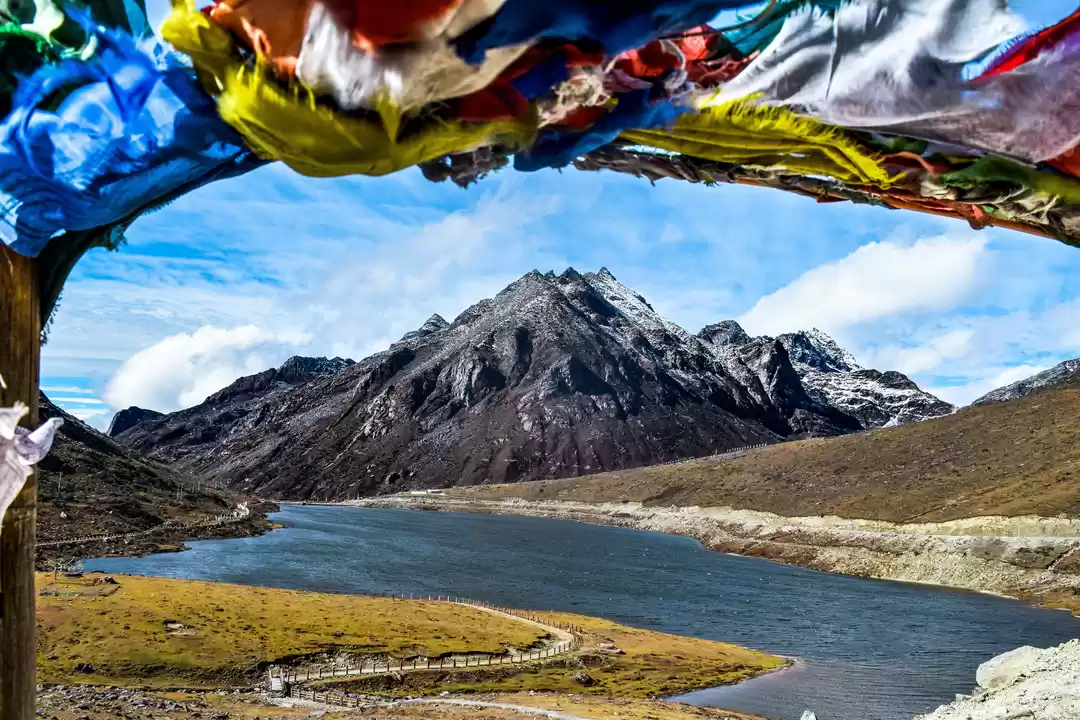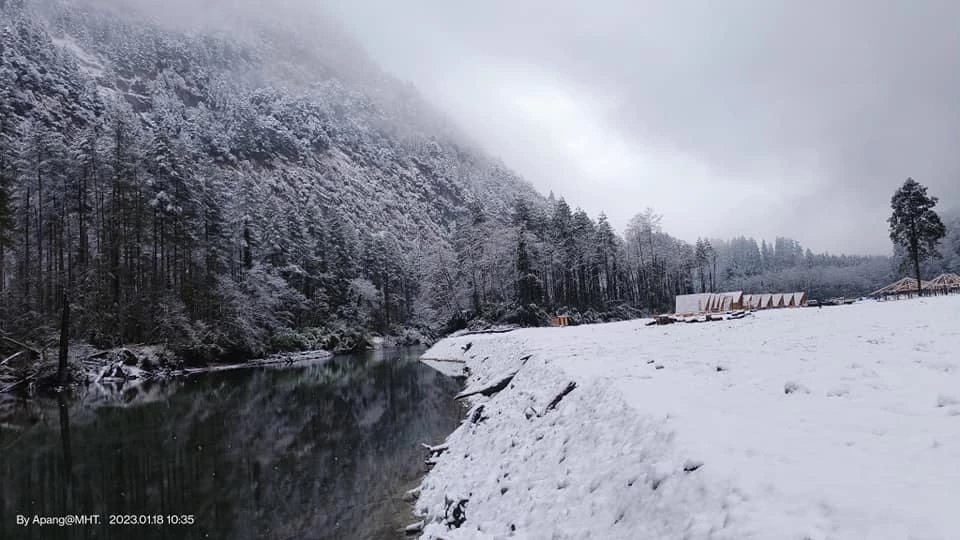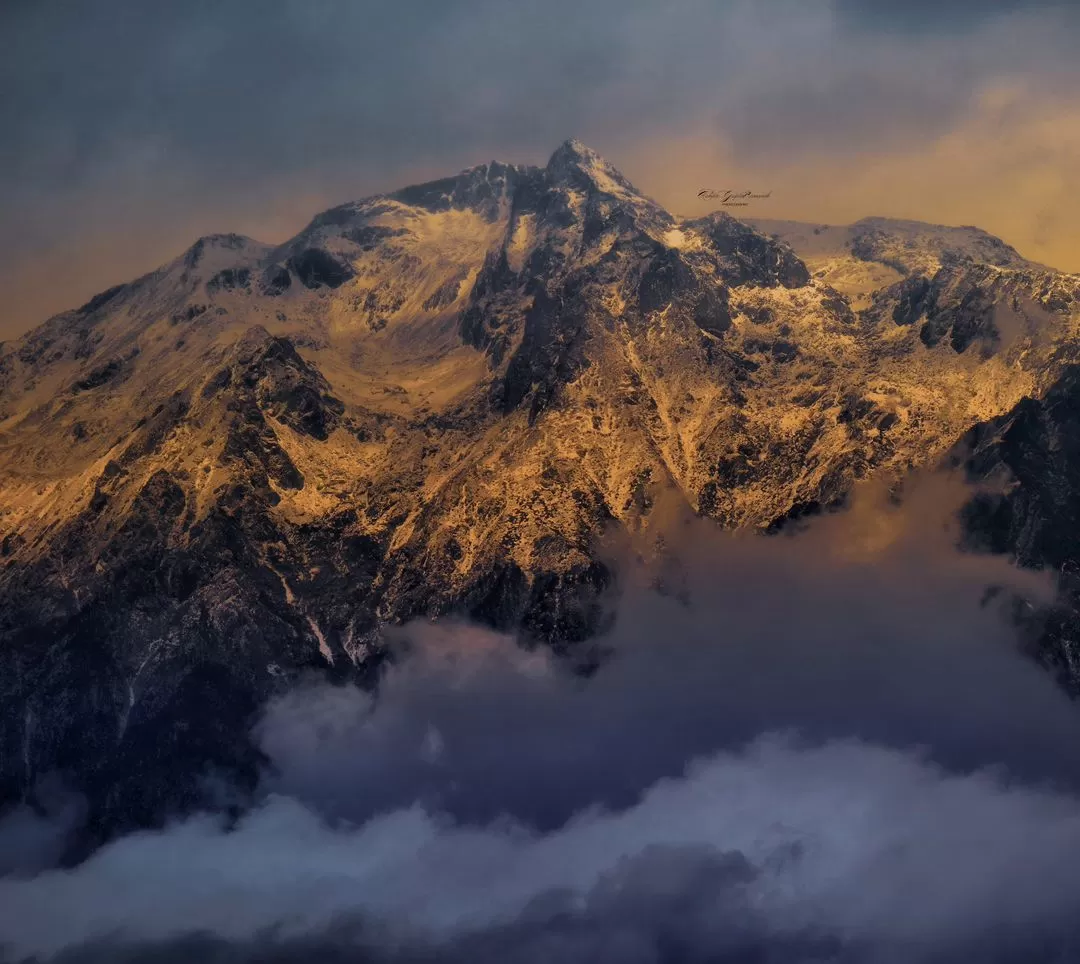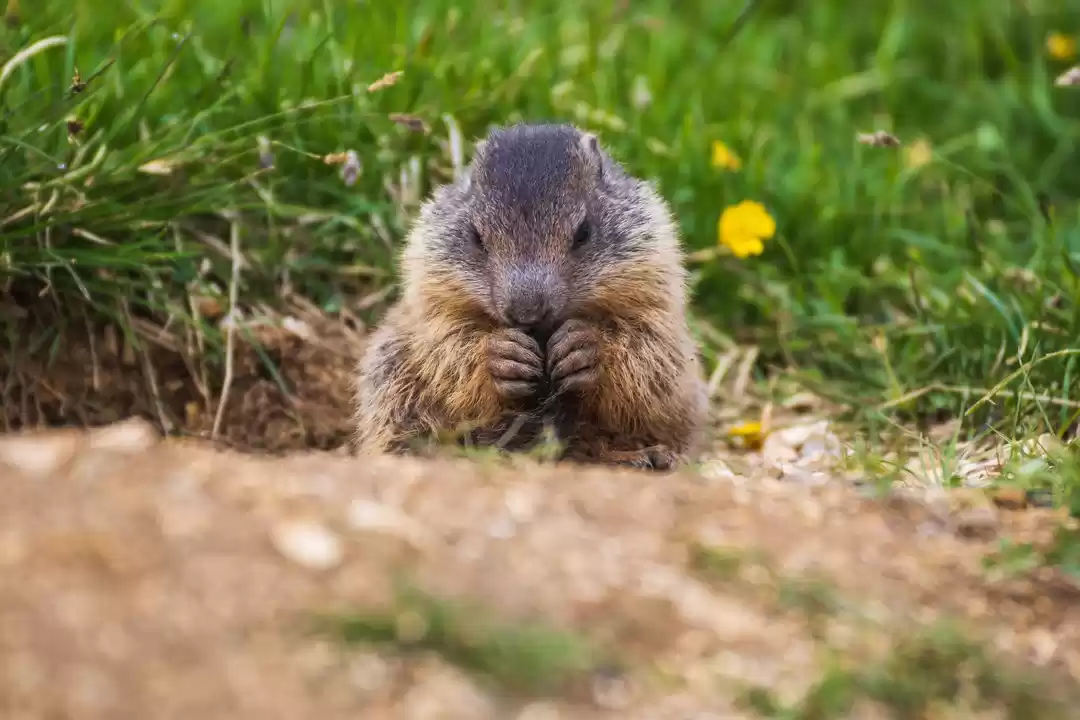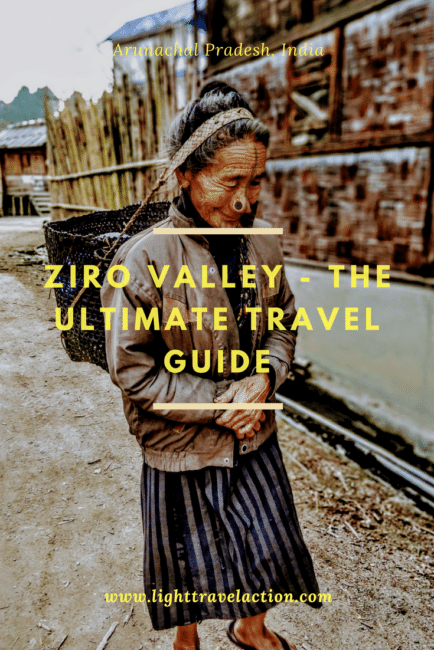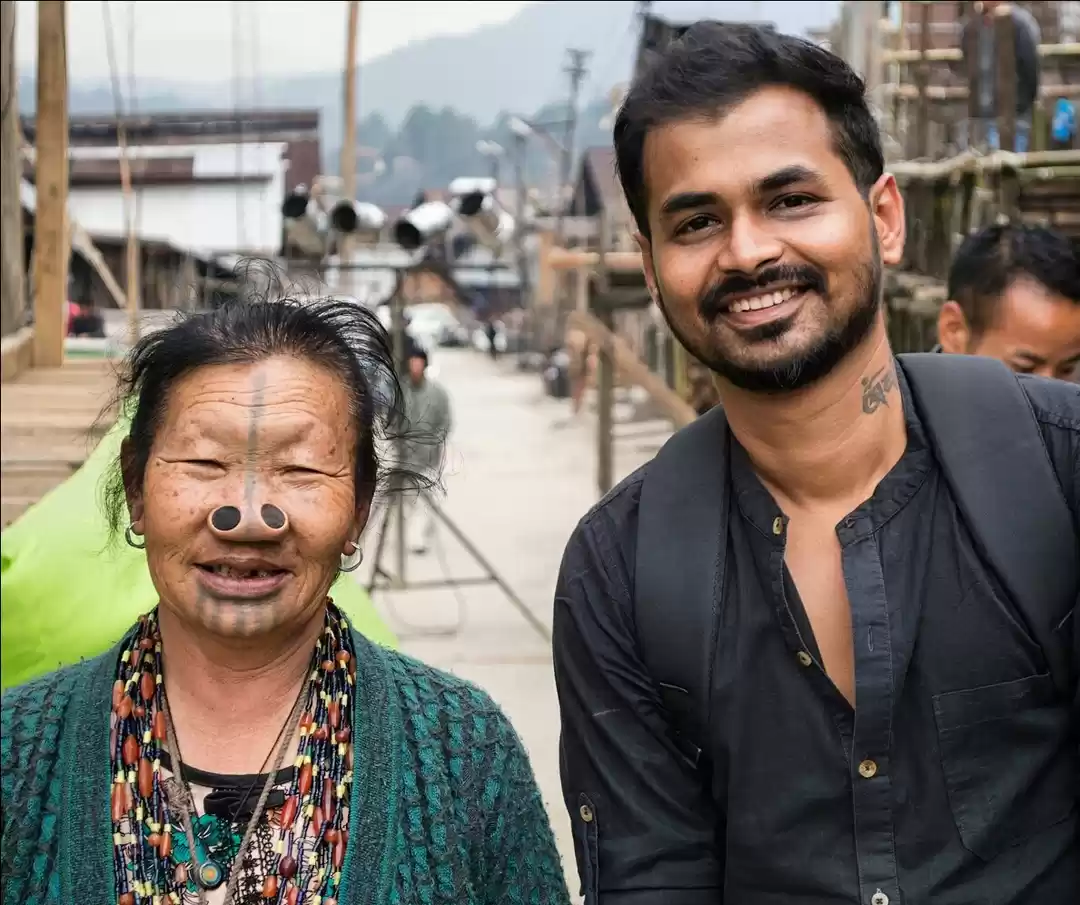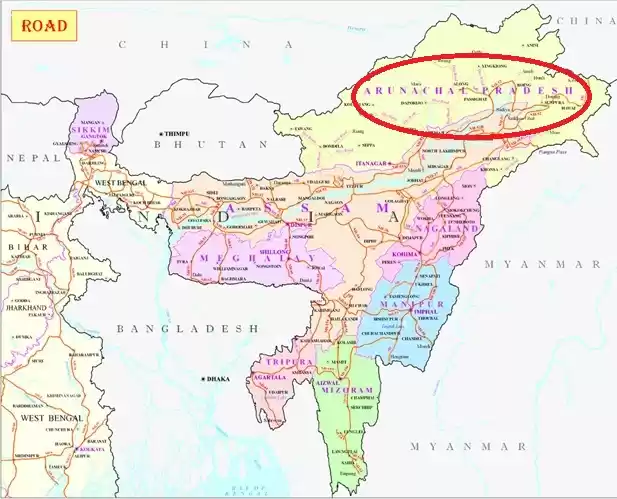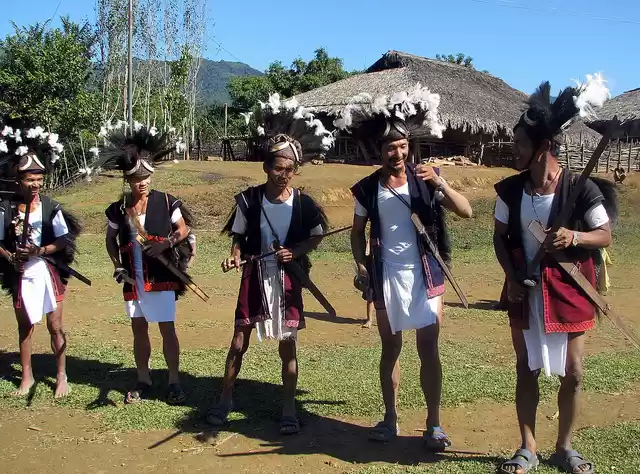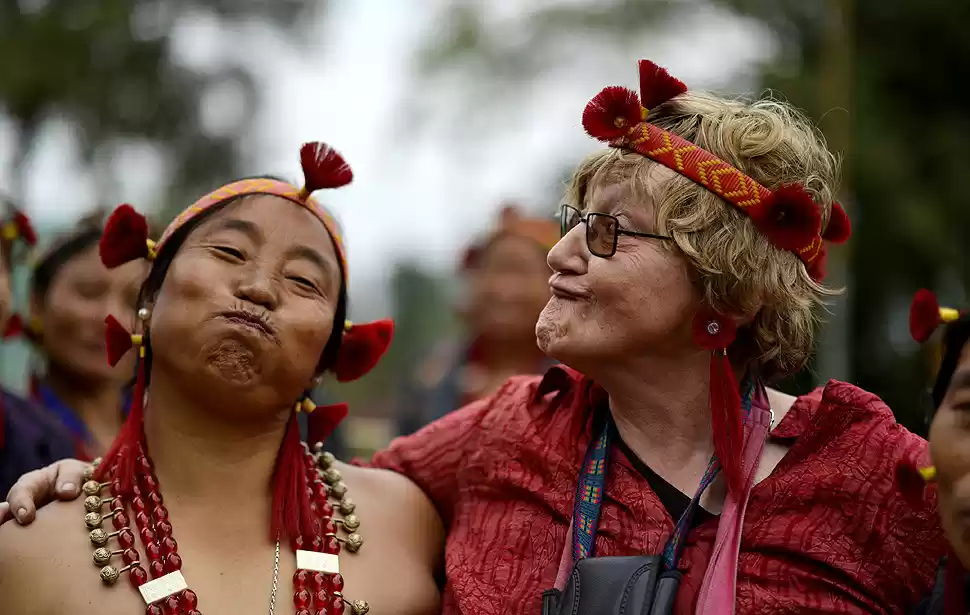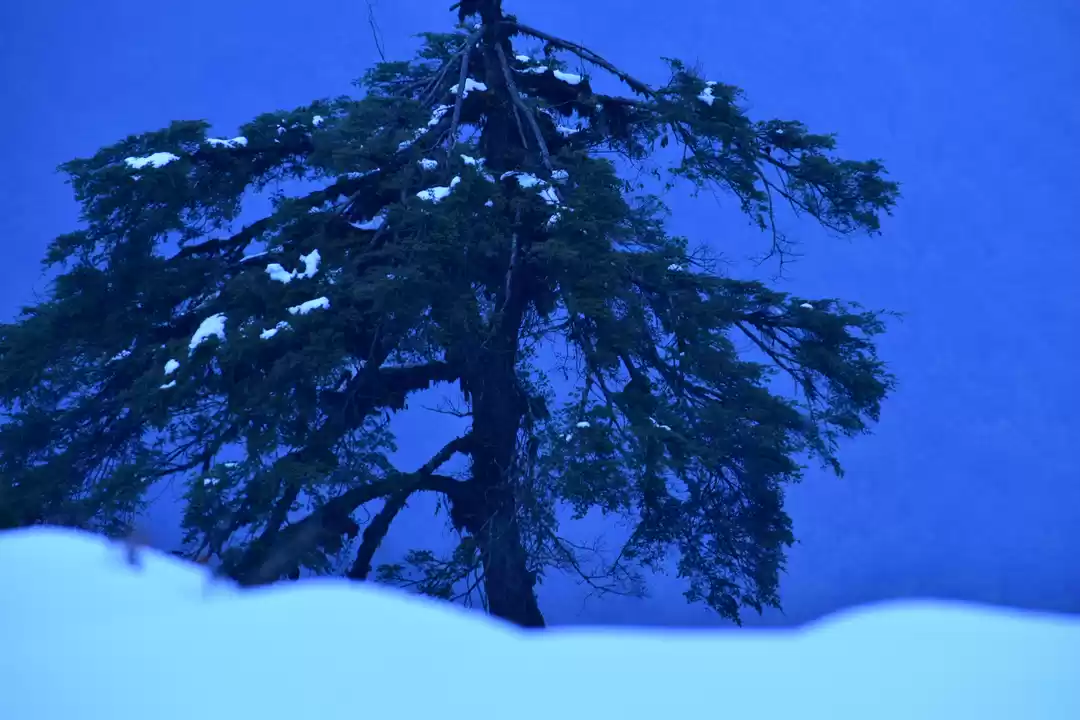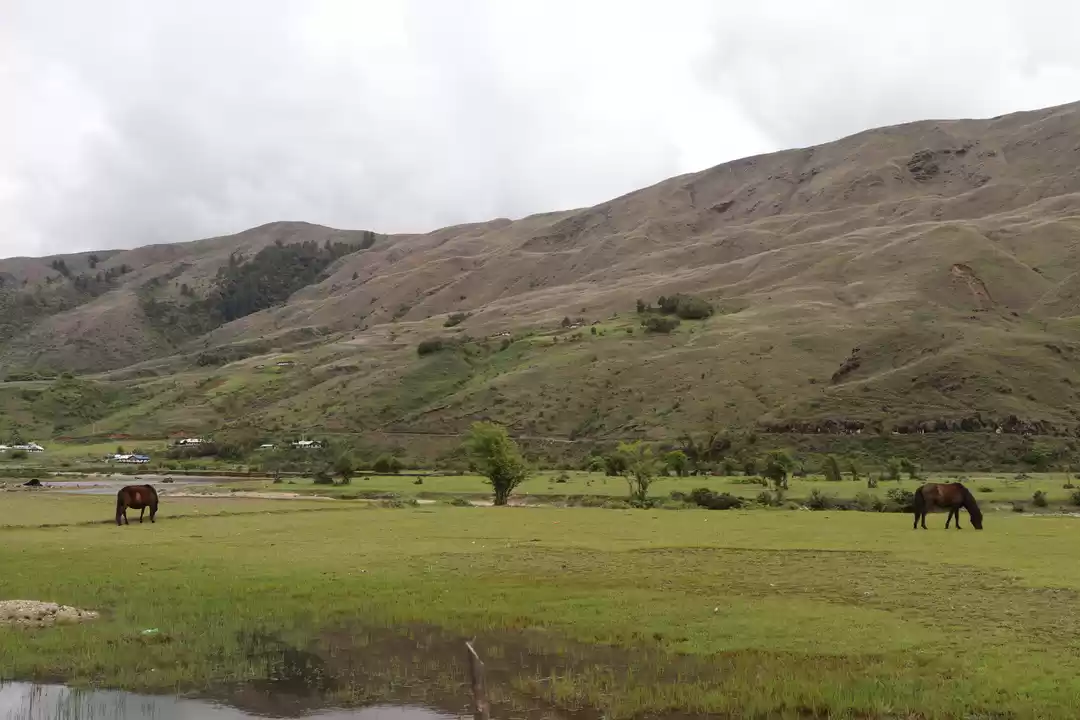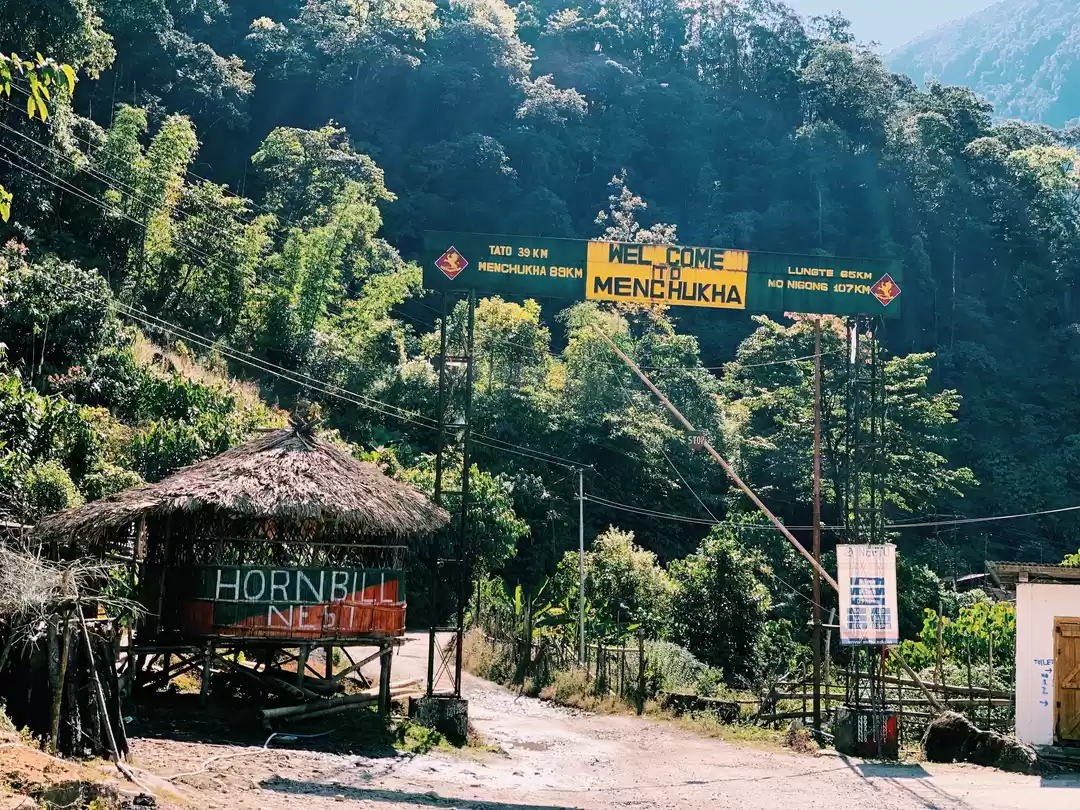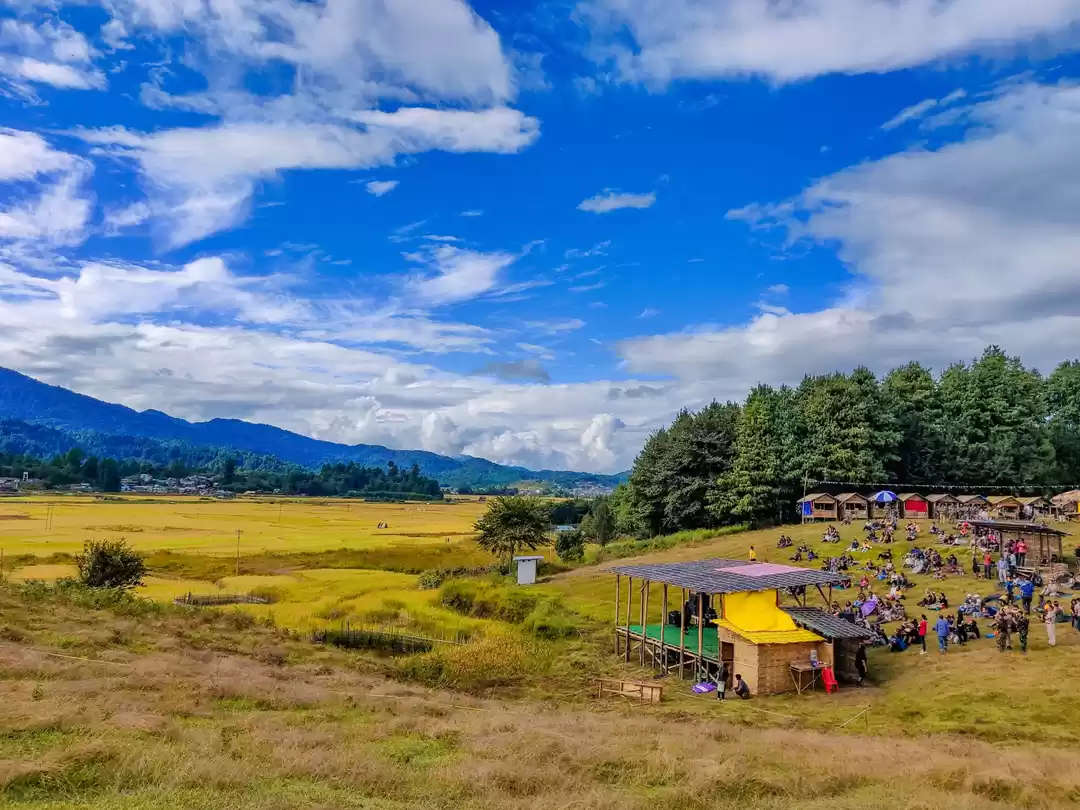
After spending two days in the beautiful Ziro valley, we were set to explore the other two main towns of central Arunachal.
First things first. Lets look at how to reach Daporijo. Well, there is no official sumo connection between Ziro and Daporijo, which means if one has to go to Dapo from Ziro then he has to get into one of these 5-6 sumos that leave from Itanagar for Dapo via Ziro. If you are lucky and if someone gets down at Ziro, then and only then will you be able to travel to Daporijo else you have no option but to try the same thing next morning or hire an entire sumo for yourself costing somewhere around 8000-9000 rupees. Ziro to Dapo sumo tickets are not sold beforehand, however one can definitely talk to people at the counter as they have information as to which sumo would have empty seats or seats getting empty at Ziro. Cost for one person for Ziro- Dapo journey is Rs.500- 2017 rates)
Share sumos generally are cramped up to their maximum extent by stuffing 2 people in front, 4 in the middle row and 4 in the back row. And even if one of these people is even a bit on the healthier side, it becomes uncomfortable for the entire row- especially in an arduous journey like Ziro- Dapo that takes almost 7 to 8 hrs to cover just 167 km distance cutting through the serpentine roads that are in awful condition. Luckily it was just me and my friend sitting in the last row and we didn't have to face the nightmare of sharing it with 2 more people.
Thankfully at least, the landscape outside was on our side. From the flat terrain of Ziro, we reached considerable height within no time. From the Ziro valley that grows almost no bananas, we were crossing the outer hills which were totally covered with banana trees!
Soon we stopped for a 5 minutes break. Two of our co-passenger girls walked little bit down the hill and plucked some fresh vegetables for themselves. We noticed that they were eating something from a plastic container during the journey, we looked curiously looked into container and we were horrified to see live caterpillars in it. Apparently these caterpillars are eaten by almost all the tribes in Arunachal as they are supposed to be protein rich. They noticed our curious glances and told us that these worms are sold at 400 to 500 rs per kilo and are a local favourite.
Although the Apatanis are the dominant tribe in the Ziro valley, just as we cross the valley and move towards the hills, we start seeing settlements of Nyishi and Hill Miri tribe alongside the road.
Around 1 PM, we reached a major Nyishi village named Raga. Further ahead we stopped at Godak village for lunch. Godak had a small dhaba and a roadside vegetable- fruit market. Except for the driver, nobody had lunch there as we all had our supplies stuffed in our bags.
After an hour or so, we crossed a place called Laa… and the unthinkable happened… our Sumo completely broke down in a reserved forest. Our driver got down and analysed the damage. The looks of despair on his face us very worried. He said we may not be able to move ahead as its condition was beyond repair. We were stuck in a reserved forest wow!
A few sumos travelling behind us stopped and tried to help our sumo driver fix the problem. Although Dapo was still some 44 km away, it seemed like today was going to be a long long day!
While they were fixing the sumo, everyone started walking around to kill time. We could hear sound of a water stream around. We walked in the direction of the sound and saw a very beautiful stream running under the road. A board closeby read that it was a medicinal plants conservation area. A list of plants roadside read that this small conservation area was home to some 30 rare to extremely rare herbal plants used as medicines. Our sumo had indeed chosen one awesome place to break down at!
After an hour or so, the sumo was fixed and we drove further ahead. It was almost 4 pm and we were clearly running very late.
Around 5:30/6 pm, we halted at a place called Belo, from where we could see a distant but spectacular view of Daporijo town! It had already started getting dark. Our co-passengers had gotten pretty friendly by now. Although they totally refused to buy our claim that we were travelling to Dapo on a vacation and not for any work. It was very difficult for them to digest that why on this earth would someone come almost 3300 km far from Mumbai to Daporijo for nothing!
When we had started from Ziro, we were hoping to reach Dapo around 4:30pm but the unexpected delay caused on the way, got us to the sumo stand at 7 pm. Mr. Dosh Dasi, director of Mell Botom resort in Daporijo, was sweet enough to come to pick us up in his car. While driving towards the resort, we observed that Dapo was much bigger a town than expected. Mr. Dosh showed pointed to various landmarks of the city while driving. We drove along the unused airstrip, the helipad, Dapo fire brigade, office of the Indo-Tibetan police force, camp of CRPF and a unique place of worship where a Hindu temple, a Gurudwara, a Namghar (Assamese temples) and a mosque stood next to each other. Just across them was a catholic church. We soon reached Mell Botom resort on the banks of Subansiri River, however it was pitch dark by now and we couldn’t see it but could just hear it. We checked into the room and rested for the night to recover from the dreadful journey we had survived today.



This morning, I woke up quite early. I took my camera and decided to take a walk in the front garden of resort. From the gazebo viewpoint in the garden, I could see stunning view of the Subansiri River. Taking a glance bit farther, I could see a small river- Sigin flowing into the much bigger Subansiri. Just a little ahead of the river confluence are two riverine islands better known as twin islands.
Just within the garden of the resort, there is a famous landmark of Daporijo- the Laila Majnu tree. These are two trees entangled with each other. The Laila tree looks identical to a female anatomy with two legs, female genitals, breast, naval etc. while the male tree is largely burnt. As told by Mr.Dosh, the story goes like- there was a couple in Daporijo (timeline unknown) who loved each other a lot. However, the girl’s father was against their love, making things difficult for the couple. This pushed the couple to commit suicide at this very spot. Since then these trees have become a symbol of love and are often visited by couples who write their names on the trunk of the tree to get blessing for their love.
Just outside the resort, there was a series of steps leading down to the river. With the beautiful misty view of the river I could see from the resort, I could hardly control my temptation to go to the river and dip my fit in it. It was such a quiet time of the morning- my own personal time. No one around to disturb or to see me. I enjoyed every bit of that time clicking pictures and happily walking in the shallow waters of the river. I realised I walked too far when I reached the confluence point of the two rivers. A few mithuns were grazing along the bank feasting on whatever grass that had grown along the river bank.
As pre decided, Mr. Dosh came to the resort to take us around to see a few places in town. After freshening up and having breakfast, we first headed to the Ligu basti. Tagin tribe is the main tribe in Daporijo while Nyishis and Hill Miris tribes form the remaining minority in Daporijo. Ligu is one such village of the Tagins. It is just about 2 or 3km at the max from Daporijo- just a right on the Dapo-Ziro road towards the exit of the town.
We roamed in the village, walking through the streets, clicking photographs… We observed the unique way in which the Tagins made their houses. Just like Apatanis, even tagin houses are made on stilts- purpose being the same, to provide shelter to poultry and pigs under the raised platform. However other than this one thing, everything else is different- the roofing, the way the house is supported, the criss-cross bracing of bamboos for additional strength, outward tilting bamboos acting as buttresses to hold up the house against the earth.
From the village, we went to the local market. The local market was full of all kinds of meat being sold. Dosh ji also told us about the local variety of oranges grown in Daporijo and bought some from a vendor for us to taste. Indeed the oranges were very juicy and very sweet opposed to the sour oranges we are used to eating. A lot of vendors even seemed to be selling handicrafts and traditional ornaments.
We then went to the Arunachal state transport bus stand to check out options to go to Aalo- our next pit stop. We were willing to start for Aalo either today or tomorrow morning at the latest. As enquired in the transport office, there was no vehicle that was scheduled to go to Aalo that day. (Just like Ziro- Dapo, there is no official road connection between Dapo and Aalo as very few people happen to travel on this route. A bus for Aalo leaves once or twice in a week depending upon the number of travellers and most importantly availability of drivers. If we had to leave for Aalo, the only option was to catch one of the private uncomfortable ancient looking buses to a place called Basar and get off at Bame and catch a shared sumo for Aalo which is another 40km from Bame. By look of the overstuffed buses and the luggage piled above and every corner inside we knew it would turn out to be another nightmare journey. Plus the bus would leave at 2:30 PM and would drop us at Bame at around 11 in the night if everything goes as planned. Any untoward incidence on the way would just aggravate the travel time. 11PM in Arunachal is as good as post-midnight as all the hops, hotels would shut by 8 PM max. Dosh ji also warned that Bame is a small village and we may not find any place to stay at night. We instantly gave up on this option. Other option was to hire a sumo privately which would cost something around 8000. This option was crossed out too! By now me and my friend were getting a very weird gut feeling of being trapped in Daporijo forever!
Helplessly we went back to the transport bus stand and enquired for options tomorrow. The answer wasn’t very comforting. He told us that a bus will leave for Aalo next morning 6:30 AM if there are enough number of people else a sumo will be sent to Aalo. If there are no enough people even for a sumo, then there was a doubt even about a sumo leaving from here. If that wasn’t enough, there was a third condition, that the bus/ sumo even if it gets enough passengers, it will leave for Aalo only if a driver is available!
Dosh ji being an influential person in town, he cajoled the person at the counter into giving preference to the two of us as we were travellers. He cited some orders of local DC to give preference and assistance to tourists as and when required. That man at the counter looked pretty convinced and asked us to reach the bus stand at 6 30 AM sharp and assured us that he would do his best to look into the matter. Half convinced about the entire conversation and with the uncertainty of being able to travel to Aalo the next day, we left from there.
Dosh ji then took us to the circuit house which he had recently taken over for operation from govt on few years of contract. We sipped some hot milk tea there and then climbed the hillock called ‘Tanium Putu’ just outside the circuit house- which is the highest point inside Dapo town. Within 5 minutes we were at the top of the hillock. It was overwhelming to see a 360 degrees view of Dapo from here. Daporijo although considered a comparatively dirty and unsophisticated town compared to others in Arunachal, it certainly looked very pretty from top. (A few of travel blogs and guides I came across while reading about Daporijo, mentioned that Daporijo is extremely dirty and should be avoided if possible etc etc. Although it is partially true that the city is dirty and has piles of garbage collected on the roads every few meters and feels especially dirty after having travelled from a pretty place like Ziro, in my opinion, it’s a bit harsh to call it unsophisticated and worth avoiding. Every place in North-East has its charm and Dapo certainly has its own. Dapo minus all the garbage looks like a dreamy place always lost in fog. That misty feeling one gets while roaming on the streets of Dapo is not even felt in Ziro.)
While at the top point, Dosh ji mentioned about Menga cave temple situated 19km away from Daporijo. Even I had read in one of the blogs that while in Dapo, one must go to Menga cave, not for the temple but for the scenic landscape along the way. Dosh ji told us that the road is really bad that side (I was wondering how worse it could get!) and it would be better to take a tempo rickshaw for the journey. He then took us to the local rickshaw stand and bargained with the auto guys. He got them down to 1100 for the round trip (a total of 38km) from their original quote of 2000. Dosh ji was carrying out some renovating work in the resort that time and had some work back there; hence he stayed back in Dapo while me and my friend left with the rickshaw driver to Menga.
While travelling, we actually realised that the road was worst we had seen until now and had no traces of concreting or tar work done in recent past. Due to the continuous raining large puddles had formed on the way and the patches without puddles had become muddy and extremely slippery. (Although rainy season starts in the mainland around mid-June, it starts as early as end of February in North-East. If you travel to North-East around March-April like I did, chances are that it would keep raining every now and then)
As we crossed first 7-8 kilometres on this stretch of road, we started ascending in the taller mountains. This is exactly when I realised why everyone was recommending travelling to Menga. Subansiri River flowing in high speed, suspension bridges built across its large span, tall mountains covered with lush green trees- everything was spectacular! If this was less, the clouds had literally come down appearing as if they were moving along with us to Menga. Words are literally falling short of what we experienced and saw there; hence I’ll let my photographs do the talking here!
Soon we crossed Sippi village- another picture perfect location! The village is so beautiful that it almost seemed unreal. There was so much mist around that the visibility had become less. Other than the road and the houses alongside, nothing beyond was visible. Everything was so dreamy and flawless!
After another 8 kilometres of clicking uncountable pictures in my camera, we finally reached Menga village. Menga village is although much smaller than Sippi, it’s no less spectacular! A stairway from the village leads up to the Menga cave temple. Menga cave is basically a large shallow natural cave with few small entrances for entering much narrower and deeper cave chambers. The main cave has a Shiva temple. There is nothing much to see here other than visiting the temple. The other smaller chambers are extremely narrow- barely enough for one person to crawl- and hence may be unsafe.
One can see astonishing view of the entire Menga village as well as the confluence point where a smaller rivulet meets the Subansiri. After clicking pictures, we then headed back to Daporijo and reached an hour and half later around 3 P.M.
Having nothing much to do for the later part of the day, we chose to relax at the resort while enjoying the spectacular views of Subansiri.








As decided on the previous day, we reached Dapo bus stand at 6:30 A.M. with our bags. For very long time, it was just the two of us in the entire bus stand. Apparently, nobody else from the entire town was interested in travelling to Aalo. Guy at the counter was doubtful as to whether it is feasible to allow a sumo to leave for Aalo with just the two of us. We too were pretty tensed about getting to travel to Aalo today. Other than this state transport sumo, the only other option we had was to hire an entire sumo for ourselves. The situation here was so bad that the two of us had actually decided to go for it as our last option. That would mean a huge hole in the pocket for nothing! Just when we had no hopes, two teens came to the counter to enquire about travelling to Aalo. Before the state transport guy could tell them, we excitedly told them that this sumo is leaving for Aalo if they get enough number of passengers to travel there. They quickly went out and came back with their luggage! Another lady soon joined us.. Finally it was five of us and the sumo was definitely leaving for Aalo. The state transport guy then called up a few drivers to enquire about who was free and ready to drive to Aalo that day. In 10 minutes, the driver showed up too! We then bought the tickets and finally left from Dapo and heaved a huge sigh of relief!
Today’s was going to be another long journey just like what we faced while travelling from Ziro to Daporijo. As we started cutting more and more distance, the driver kept filling the empty seats with people wanting to travel to the places on the way. Just an hour after starting, our sumo was stuffed with 10 adults including the driver and 3 kids!
On the way, we crossed places like Marde, Maro, Tirbin etc. Tirbin-which is almost halfway through, seemed like a decently big sized settlement. 3 adults and 3 kids from our sumo got down here while one person joined us for the journey ahead.
Another hour and we reached a place called Bame which is a junction on the Aalo-Silapathar road, from where a left turn goes to Aalo and right turn goes to Silapathar in Assam via Basar & Likabali. From Bame, our driver took a shortcut via Nyorak village.
Finally we reached Aalo in another 1.5 hour that is, around 3- which means an 8 hours journey including the lunch break. I definitely deserved a medal for this! Thankfully our hotel- Hotel Toshi palace was right opposite to the APSTC stand in Aalo. We checked in and rested for some time. I could see from the hotel corridor that, there were quite a few other hotels & restaurants around- something which was missing Ziro & Daporijo. Aalo is bigger and more modern city than the two. Wider roads, large play grounds, schools, shops, restaurants, bakeries, shopping complexes, travel assistance, liquor shops, bars- one will find almost everything in Aalo.
In the evening, we met the owner of the hotel- Mr. Pakge Ete with whom I had had a telephonic conversation while I was still in Mumbai. Pakge ji is a very knowledgeable man. We had a great conversation with him in his terrace restaurant. He gave us great insights into the Galo society and how Galos have remained largely unaffected despite rapid conversions taking place by Christian missionaries in rest of the state. He stressed how the Galos are highly educated and have been on highest posts in the government- be it chief ministers of the state or various IAS officers! (Galo tribe is the third largest tribe in Arunachal after Nyishis and Adis. Galos mainly occupy the West Siang district in Arunachal of which Aalo is the district headquarter. About 90% of Galos still follow Donyi-Poloism.)
After dinner, Pakge ji left for his home and we came back to our room to rest. Pakge ji asked us to be ready by 9 AM next day so that he could show us around the town and take us to a few Galo bastis around.

Pakge ji was here at sharp 9 with his son. Four of us then drove to the handicraft emporium in town. The emporium here was very similar to that in Ziro- a large central retailing area and studios for various kinds of handicrafts and handlooms at the back. Variety of crafts done in cane was especially worth seeing. A smaller replica of suspension Cane Bridge especially caught our fancy. The emporium although had more stuff belonging to the Galos, it even had wooden toys made by the Memba tribe who occupy Northern part of East Siang district close to Tibet border.
Just across the main road is the Donyi Polo temple. Mopin- the biggest festival of Galos was right around the corner. Obviously so, the entire town seemed to be in the mood for celebration. Pre- Mopin community gatherings were happening everywhere. A football match was being played in the large front ground of the Donyi- Polo temple. As Pakge ji told us, this temple was originally being constructed as a Hindu temple but later was occupied to serve the Donyi-Polo believers. That pretty much explained why the temple looked like any other Hindu temple in mainland India.
Donyi- Polo beliefs although ancient, it was only recently that the religion was officially founded and all its oral traditions were put into writing. During this process and maybe due to aversion to Christian conversions, this ‘new’ religion seems to have picked up most of its rituals from Hinduism. Couldn’t help observe how there was a notice board at the steps of the temple to remove shoes before entering, the way a machete was hung at the entrance which is to be vigorously shaken (just like how we ring bell) while entering the temple, the ‘humanized form’ of various Donyi-Polo deities, ritualistic mantras, tying of holy threads around the wrist, usage of incense sticks in front of deities etc.
Next we went to the district museum situated in a busy of the town. This museum didn’t seem to be in a very good condition. The exterior was ill maintained, the paint had worn off. Looked like the museum here didn’t get many visitors and was in a neglected condition. Nevertheless, it had a very good collection of exhibits and artefacts related to the Galo, Adi and Memba communities of the district.
Next, our host drove us to outside the town- to the Galo villages on the outskirts of Aalo. First we went to see the hanging suspension bridges near Paya basti. These suspension bridges used to be the only means of crossing the rivers in Arunachal. All these bridges are still very much in use, the only change being, most of these have been converted into metal suspension bridges than the earlier bamboo & cane ones. An abandoned broken bamboo-cane suspension bridge can still be seen just next to the Paya suspension bridge.
Ngune Bane village- just about 5 minutes drive away, was where Pagke ji took us next. There he took us to a typical Galo house made with traditional materials. He explained us each of elements of the house in detail. Largely, all the Arunachali houses look similar from inside although different from outside. He explained us how the local wine is made. We even got to sip some freshly brewed wine while he showed us the decorations inside the house made of horns of Mithun & tusks of wild boar! We thank the hostess for the tasty wine and took a walk around the stepped village and met other locals.
Next we went to Kabu basti- the closest village to Aalo town. A very well kept clean village situated right at the banks of Siyom river! A local informed Pakge ji that a Donyi- Polo Pooja was taking place in a house nearby if we would like to go and see it. A lot of locals had gathered outside the house. As they saw us approaching, they graciously welcomed us inside their house. The host requested the helper woman to serve us some Apong. Next she got us big green stems of bamboo filled with Apong each for all of us. She also served cooked French beans to munch on. The host, although busy with the function going on at his place made sure that we were comfortable. During the short time we spent there, he talked to us about various topics ranging from tourism to politics. Soon it was time for them to have lunch. Pork – rice was served to all the male visitors. We were offered the same, but we politely refused as it was time for us to leave. As we stood up to bid goodbye to the wonderful hosts, the lady of the house rushed inside and got a large jar filled with apong to refill our empty bamboo vessels to drink on our way back.
In less than about 15 minutes, we reached Aalo town. I and my friend visited a few sumo counters to enquire for options to reach Guwahati. Apparently there was no direct service to Guwahati from here. The only two options of break journey we had were either via Itanagar or Pasighat. The option through Pasighat would have been to go further ahead in the East and come back to the West through the plains of Assam. The Itanagar option made more sense to exit the hills of Arunachal via Basar, enter Assam and reach Itanagar via North Lakhimpur. The only problem was that this sumo journey to Itanagar would be a 13hours back breaking journey on bad roads- which meant no sleep for sure. Seeing no better option, we decided to just go for it. (Aalo-Itanagar shared sumo cost Rs.1200/head in 2017)
Our sumo left from Aalo around 4:30 PM. To our luck, although we got two seats at the backside, the other two seats were unoccupied making the dreadful journey at least a little bit bearable.




The sumo was running before time (or maybe the sumo counter guy lied to us regarding the drop time in Itanagar), we reached Itanagar at 3:45 AM!!! Other passengers with us being locals, soon dispersed and we were left to wander around the dark streets of Itanagar looking for a place to crash. Expectedly, all the hotels were shut. We tried knocking a doors at a few hotels to no luck! We spent the rest of the time on the streets with a few suspicious looking people around. The least we needed after a painful overnight sumo journey was a bed to crash in. To add to our misery, it started raining. The feeling of helplessness started sinking in. Felt bad more for my friend who isn’t a regular traveller and I had made him go through so many long journeys just by luring him to tag along with me to see some of the best landscapes India has got! Poor fellow still wasn’t complaining!
Soon it was 5AM. The city seemed to be slowly coming back to life. Tried my luck with hotels again, and this time we got a single bed room in Pine ridge hotel just in the main road, F-sector of Itanagar.
Sleeping till good 11 AM, we freshened up and left for a brief city tour of Itanagar before catching an evening bus for Guwahati- another overnight journey!
Farthest place first, we went to the serene Gyker Sinying lake aka Ganga lake. We took a circular walk all around the lake and refreshed my memories of the first time I had come here in 2011. Ganga lake is definitely a not to be missed spot while in Itanagar.
Next we went to the zoological gardens just on the way from the lake to the city centre. Itanagar zoo was surprisingly very well maintained. Healthy animmals, cleanliness, and internal signage everything was in place!
Itanagar’s Jawaharlal Nehru state museum seemed recently refurbished in part and they have done it so well! They have completely changed the museum from inside, also added new exhibits and galleries. After the refurbishment is complete, it will definitely be one of the best in eastern India.
Along the same road on the opposite direction is the Itanagar Buddhist Gompa. A short winding road took us to the Gompa which is situated at a height compared to the rest of the city. Just the next day, the Gompa was expecting visit of the Dalai Lama. For HH’s visit, the entire gompa was re-painted only the finishing touch being given to them when we visited.
Reaching back to the hotel, we had a late lunch and boarded a comfortable sleeper bus for Guwahati and then to the second leg of the trip- Meghalaya!






